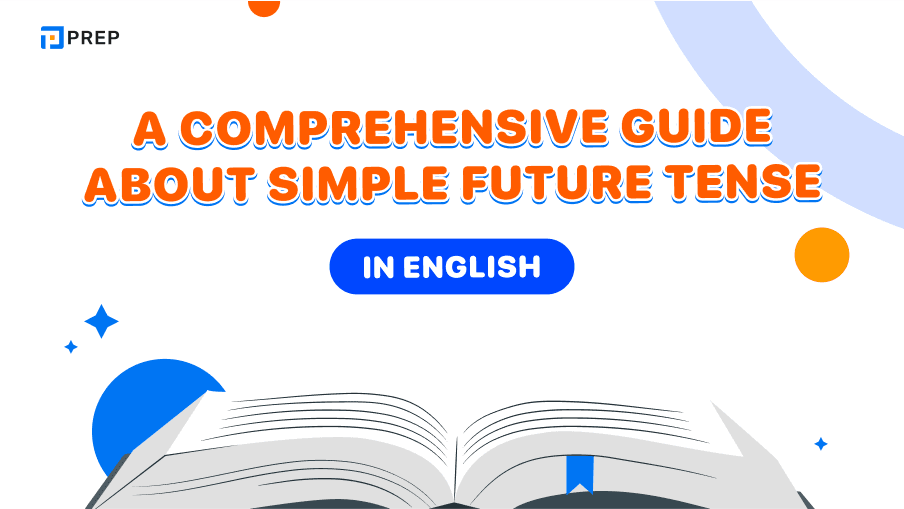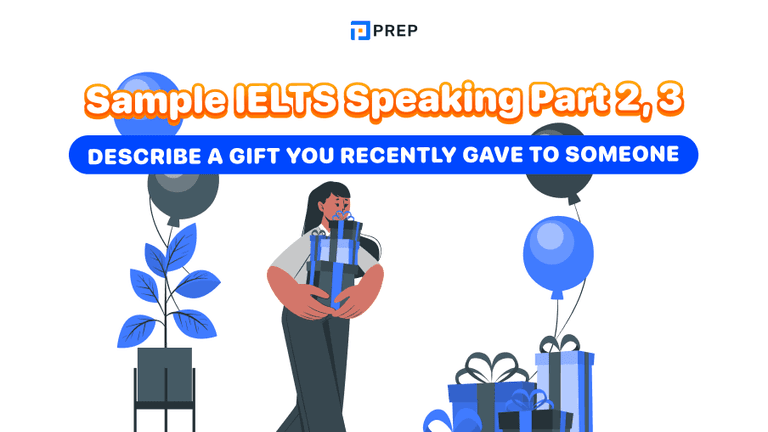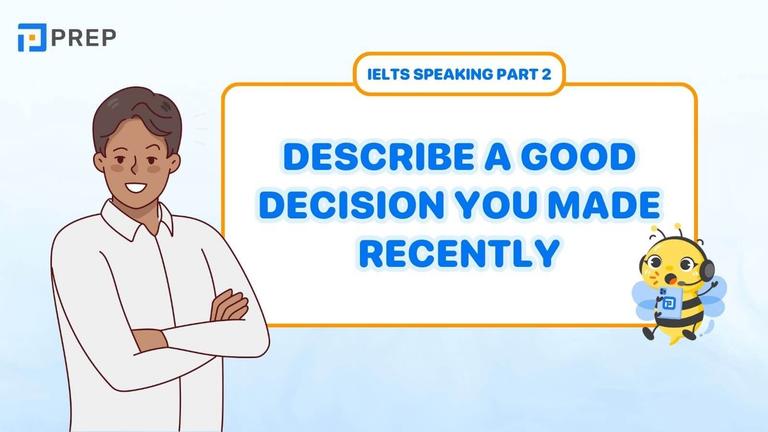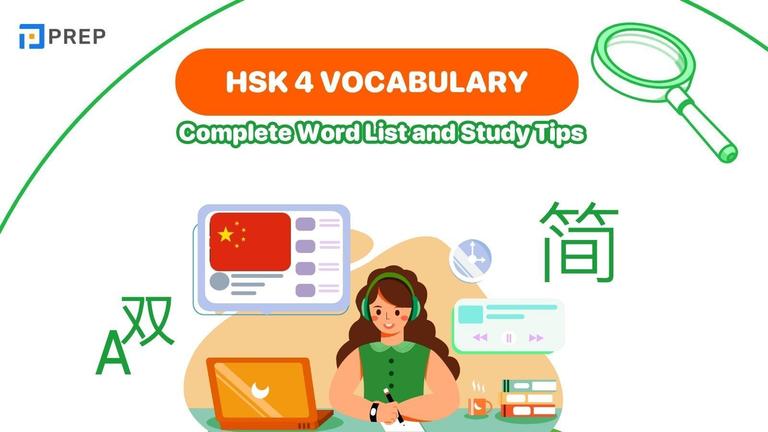Simple Future Tense in English - A Comprehensive and Definitive Guide
The simple future tense is essential for talking about actions or events that will happen after the present. It helps express plans, predictions, and promises clearly. This guide focuses on the two main structures: "will + base verb" and "am/is/are + going to + base verb," explaining when and how to use each correctly.
By understanding these forms and their differences, you'll be able to communicate future events more accurately. Whether discussing prearranged plans, predictions, or spontaneous decisions, mastering the simple future tense will improve your ability to express yourself confidently in English.
- I. What is the Simple Future Tense and Why Does It Matter?
- II. The Structural Blueprints of "Will" and "Be Going To"
- III. Key Uses of "Will": Spontaneous Decisions, Predictions, Promises, Offers & More
- IV. Key Uses of "Be Going To": Prior Plans and Predictions Based on Evidence
- V. The Crucial Distinction: Navigating "Will" vs. "Be Going To" with Precision
- VI. Common Mistakes to Avoid (Confusing Contexts, Verb Forms, Time Clauses)
- VII. Achieving Fluency: Practical Application and Mastery of the Simple Future Tense
- VIII. Conclusion

I. What is the Simple Future Tense and Why Does It Matter?
The simple future tense is a fundamental grammatical structure used to express actions or events that will take place after the present moment. Far from being just another grammar rule, this tense serves as an essential tool in everyday communication, allowing you to articulate your plans, make predictions about upcoming events, and offer promises about your future actions with clarity and precision.
At its core, the simple future tense relies on two primary structures:
-
"will + base verb"
-
"am/is/are + going to + base verb."
While these forms might appear interchangeable at first glance, they carry important distinctions in usage that can significantly impact the meaning of your communication. Understanding these nuances will enhance your ability to express yourself accurately in English and avoid common misunderstandings that non-native speakers often encounter.
As you progress through this comprehensive guide, you'll discover not only how to form these structures correctly but also when to deploy each one for maximum clarity and impact in your speech and writing. The simple future tense is not merely about correctly predicting tomorrow's weather—it's about mastering the subtle art of discussing what lies ahead with confidence and precision.
II. The Structural Blueprints of "Will" and "Be Going To"
-
Forming Positive, Negative, and Question Sentences with "Will"
Mastering the "will" structure provides you with a versatile tool for expressing future events. For positive statements in the simple future tense, follow the straightforward pattern of Subject + will + base verb. The contraction 'll is commonly used in informal contexts, creating a more natural flow in conversation.
-
She will attend the conference next week.
-
They'll finish the project by Friday.
For negative statements in the simple future tense, simply insert "not" after "will" to create the form Subject + will not + base verb. The contraction "won't" is frequently used in everyday communication.
-
He will not accept the offer.
-
I won't be available tomorrow afternoon.
When forming questions, invert the subject and "will." For yes/no questions, begin with "Will" followed by the subject and base verb. For WH-questions, start with the question word, followed by "will," the subject, and the base verb.
-
Will you join us for dinner?
-
What will they discuss at the meeting?
-
Forming Positive, Negative, and Question Sentences with "Be Going To"
The "be going to" structure follows a slightly more complex pattern that requires attention to the correct form of "to be." For positive statements, use Subject + am/is/are + going to + base verb, ensuring proper subject-verb agreement with the appropriate form of "to be."
-
I am going to study medicine.
-
She is going to present her findings tomorrow.
For negative sentences, insert "not" after the form of "to be" to create Subject + am/is/are + not + going to + base verb. Contractions like "isn't" and "aren't" are common in conversational English.
-
They are not going to sell their house.
-
He isn't going to participate in the competition.
Question formation with "be going to" in the simple future tense requires inverting the subject and the appropriate form of "to be." For yes/no questions, begin with "Am/Is/Are" followed by the subject. For WH-questions, start with the question word, followed by "am/is/are," the subject, and "going to."
-
Are you going to attend the conference?
-
Where is she going to stay during her visit?
III. Key Uses of "Will": Spontaneous Decisions, Predictions, Promises, Offers & More
"Will" serves multiple essential functions in expressing future events, each with distinct nuances that bring precision to your communication. Understanding these functions will significantly enhance your ability to express yourself accurately in English.
-
Spontaneous Decisions: "Will" excellently captures decisions made at the moment of speaking, reflecting immediacy and lack of prior planning. These are the "on-the-spot" choices we make in response to immediate situations.
-
The phone is ringing. I'll answer it.
-
You look tired. I'll make some coffee for you.
-
General Predictions and Assumptions: When making general forecasts about the future based on belief, opinion, or general knowledge rather than specific evidence, "will" is your go-to structure. These predictions often appear with phrases like "I think" or "probably."
-
I think it will rain tomorrow.
-
The economy will probably recover next year.
-
Promises and Assurances: The "will" structure effectively communicates commitments and guarantees, conveying the speaker's determination to fulfill an obligation.
-
I will always support you, no matter what happens.
-
We will deliver the package by Monday, guaranteed.
-
Offers and Polite Requests: "Will" creates a courteous tone when offering assistance or making requests, adding a touch of respectfulness to your communication.
-
Will you help me move this weekend?
-
I'll carry those heavy bags for you.
-
Inevitable Future Facts: For discussing scheduled events or unavoidable future occurrences, particularly in formal contexts, "will" provides an appropriate level of certainty.
-
The sun will rise at 6:23 tomorrow morning.
-
The new policy will take effect on January 1st.
IV. Key Uses of "Be Going To": Prior Plans and Predictions Based on Evidence
While "will" covers a broad spectrum of future expressions, "be going to" serves more specific functions that bring additional nuance to your discussion of upcoming events. Mastering these uses of simple future tense will allow you to communicate with greater precision.
-
Prior Plans and Intentions: "Be going to" excels at expressing decisions and intentions made before the moment of speaking. This structure communicates premeditation and preparation, indicating that thought has already been given to the future action.
-
I'm going to study abroad next semester. (I've already applied and made arrangements)
-
They're going to launch the product in March. (The plan has been established)
-
Predictions Based on Present Evidence: When you observe current conditions that strongly suggest a particular outcome, "be going to" is the perfect structure to express these evidence-based predictions. This usage connects present signs to their likely future consequences.
-
Look at those dark clouds. It's going to rain soon.
-
She's working fourteen hours a day. She's going to burn out if she continues.
The beauty of "be going to" lies in its ability to create a clear connection between present circumstances and future events, emphasizing causality in a way that "will" often doesn't. When you want to highlight that the future is already taking shape in the present moment, this structure of simple future tense becomes invaluable.
V. The Crucial Distinction: Navigating "Will" vs. "Be Going To" with Precision
Understanding the precise differences between "will" and "be going to" is essential for achieving native-like fluency in English. The following table highlights the core distinctions that will guide your choice between these two simple future tense structures:
|
Aspect |
"Will" |
"Be Going To" |
|
Timing of Decision |
Spontaneous decisions made at the moment of speaking |
Prior plans and intentions decided before speaking |
|
Type of Prediction |
General predictions based on opinion, belief, or assumption |
Predictions based on present, observable evidence |
|
Immediacy |
Often used for more distant or abstract future |
Often implies a stronger connection to the present |
These distinctions, while subtle, significantly impact how your message is received and interpreted. The choice between "will" and "be going to" signals important information about your relationship to the future event—whether it's a new idea or an established plan, whether it's based on general belief or concrete evidence.
VI. Common Mistakes to Avoid (Confusing Contexts, Verb Forms, Time Clauses)
Even advanced English learners sometimes struggle with the simple future tense. Being aware of these common pitfalls will help you avoid them and use the simple future tense with greater accuracy and confidence.
-
Confusing "will" and "be going to": This can lead to subtle misunderstandings. "Will" suggests spontaneity, while "be going to" indicates a prior plan. For example, "I will meet you at the restaurant" might be misinterpreted as a spontaneous decision, whereas "I'm going to meet you at the restaurant" clearly shows it's a prearranged plan.
-
Incorrect verb forms in future constructions: In future constructions, both "will" and "be going to" must be followed by the base form of the verb without "to." For example, "I will go to the store" is correct, but "I will goes to the store" is not. Similarly, "She is going to visit her grandmother" is correct, while "She is going to visiting her grandmother" is incorrect.
-
Using "will" in future time and conditional clauses: When using time expressions such as "when," "after," "until," "as soon as," or conditional "if," the present simple tense should be used, not "will." For instance, "When I arrive, I'll call you" is correct, but "When I will arrive, I'll call you" is not.
Being mindful of these potential errors will help you communicate more effectively and achieve greater precision in expressing future events and actions.
VII. Achieving Fluency: Practical Application and Mastery of the Simple Future Tense
-
Quick Reference Checklist & Practical Tips for Choosing Correctly
To solidify your understanding of the simple future tense and help you make the right choice between "will" and "be going to" in your everyday communication, refer to this concise checklist:
-
Use "will" for spontaneous decisions made at the moment of speaking.
-
Choose "be going to" for plans and intentions formed before the conversation.
-
Select "will" for general predictions based on opinion or belief.
-
Opt for "be going to" when your prediction is based on present, observable evidence.
A practical tip for reinforcing these distinctions is to practice narrating your day, distinguishing between plans you've already made ("I'm going to have lunch with Sarah") and spontaneous decisions ("It's getting late—I'll take a taxi home"). This simple exercise builds the mental pathways needed for intuitive selection of the correct form.
-
The Path Forward: Confidently Expressing Your Future
With a solid understanding of the simple future tense now in your grasp, you possess a powerful tool for articulating the full spectrum of future possibilities, from carefully laid plans to spur-of-the-moment decisions. As you integrate these structures into your everyday English, you'll find yourself expressing future time with greater precision and confidence. Remember that mastery comes through consistent practice and attention to the subtle contexts that guide your choice between "will" and "be going to."
VIII. Conclusion
Armed with this comprehensive understanding of the simple future tense, you're now equipped to discuss future events with the accuracy and nuance of a proficient English speaker, confidently choosing between "will" and "be going to" in any context.

Hi I'm Chloe, and I am currently serving as an Product Content Administrator at Prep Education. With over five years of experience in independent online IELTS study and exam preparation, I am confident in my ability to support learners in achieving their highest possible scores.
Comment
Premium content
View allPersonalized roadmap
Most read












